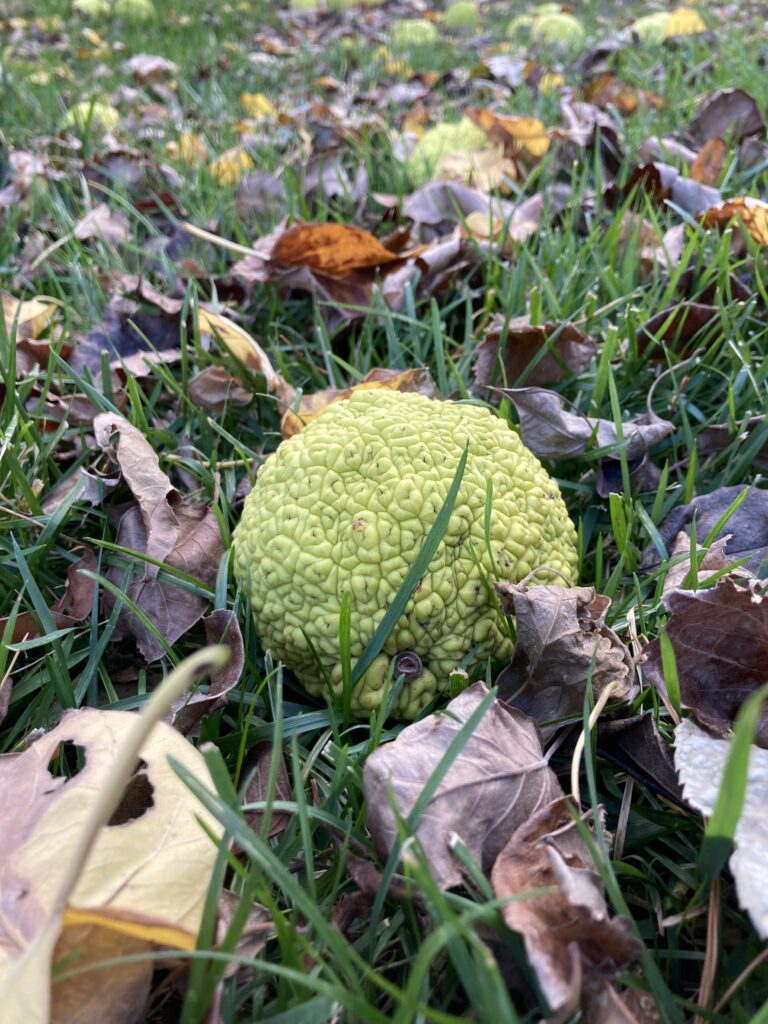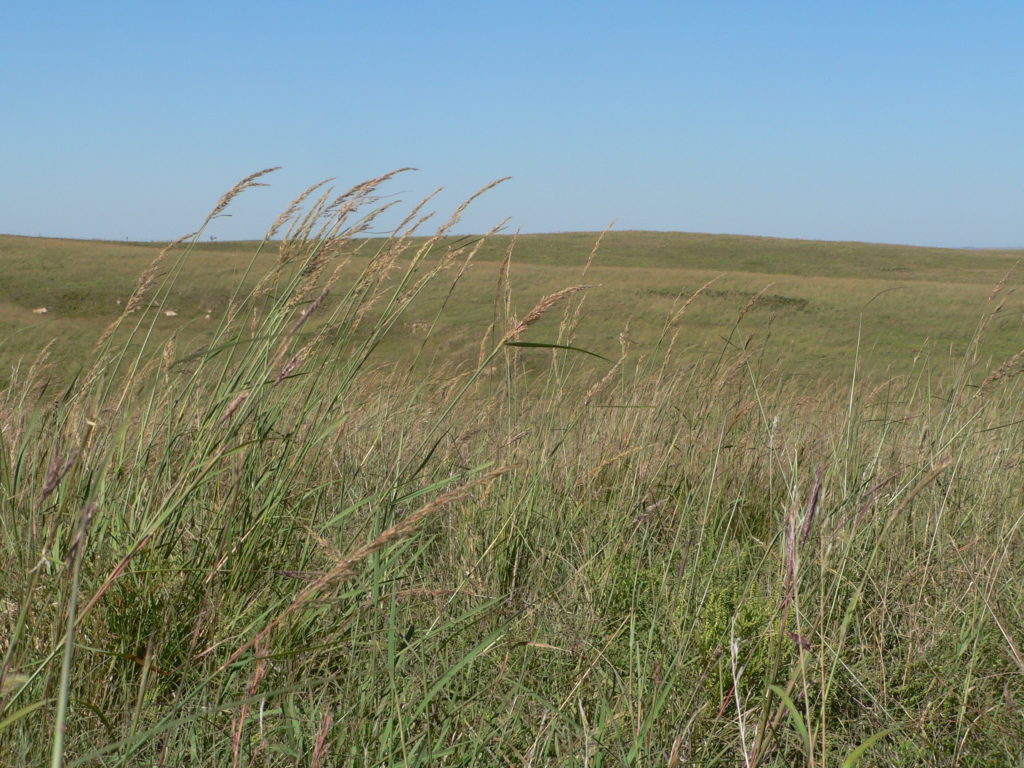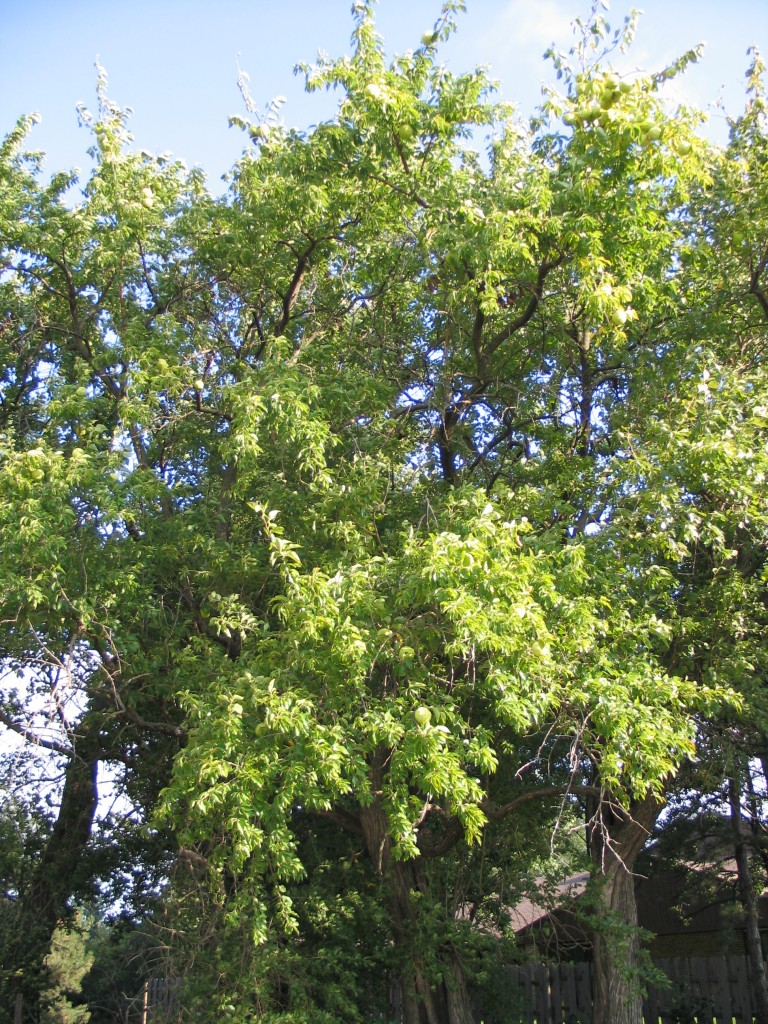Recently I met a woman walking her dogs in the new woodland path through our hedgerow. She expressed admiration for the long lived hedge trees here, and was concerned that so many farmers are bulldozing their shelterbelts and reclaiming the acres for farming. She asked if we knew of any preservation effort to prevent them from becoming relics of the past. This led me down a rabbit hole into shelterbelt history. I hoped to understand more about why they were planted and what purpose they serve today. Are they actually good for our native wildlife? Are they still agriculturally and ecologically relevant?
The short answer is this: Hedgerows of good quality, and relatively few invasive species, can benefit the soil, provide good habitat, and are a part of the region’s cultural history. But “trees for the sake of trees” is not a helpful philosophy for conserving the Great Plains ecosystem, evermore imperiled by encroachment of woody species.
The long answer? It’s complicated.
Early Tree Planting
In the early 1800s, Kansas had few trees. As European settlements encroached on the Great Plains, newcomers planted shelterbelts for wind protection and privacy around new homesteads. They were useful for delineating property boundaries, keeping livestock contained, and side trimming for firewood. Later on, Franklin D. Roosevelt encouraged the planting of shelterbelts and hedges during the dustbowl years to curb erosion. Of course, as he was from the east coast, he may not have understood that planting millions of trees on grasslands with little rainfall and frequent fires might not be the best solution. Modern ecology has taught us a few things! With the advent of cheap barbed wire for fencing and more erosion-conscious farming practices in place, the need for such frequent tree lines decreased.
What’s in a Kansas Hedgerow?

The history of the hedge tree, or osage orange species, is inextricably tied to Kansas. These trees are tough and hardy, thorny enough to deter livestock and dense enough to make excellent firewood. But the ‘hedges’ of Kansas are not exclusively made up of osage orange trees. You may find native oaks, elms, hackberry, mulberry, and cedars in a rural shelterbelt, as well as a fair number of problematic and invasive species such as Siberian elm, bush honeysuckle, ornamental pear, and Russian olive.
Planting Trees in the Plains

For at least a hundred years we’ve been hearing the same message: trees good, open space bad. The European settlers of the Great Plains, with their wagons headed west, knew trees meant cooking fuel and housing material. At the founding of Arbor day in 1872 planting trees became a patriotic mission and civic duty. In recent years we have seen countless campaigns to save the trees and “plant a tree with every purchase”. But the Great Plains ecosystem relies on all that open space. For example, only one tree per acre is enough to limit the nesting success of the greater prairie chicken. While planting trees in forested areas is much needed, planting them in grasslands and calling it conservation may be misguided. We know that grassland bird species are in steep decline, and that too many woody species on the prairie can lead to a low water table and more volatile wildfires. Grasslands are just as ecologically important, and imperiled, as forests. It is long past time to update the messaging and match that zeal for nature conservation with geographically appropriate solutions.

Over and over, I watch people buy small parcels of prairie and immediately plant trees around the borders. Grassland acreages invaded by eastern red cedars or other trees are often appraised at a higher real estate value than uninvaded grasslands because of their ‘recreation value’. People who write angry letters about trees being cleared to make way for a shopping center don’t bat an eye when a prairie is plowed under or allowed to be overtaken by Siberian elms.
Chris Helzer, The Prairie Ecologist “The Darker Side of Tree Planting in the Great Plains“
To Tree, or Not to Tree? That is the Question
In light of all this, do we really need these well-intended hedgerows disrupting the open spaces of the grasslands? That very much depends on the location, condition, and composition of each hedgerow.
Is the row of trees protecting a home from those rowdy prairie winds? Is it grown specifically for sustainable collection of firewood or does it grow out of control year by year, encroaching on neighboring grasslands? Is it located on a Century Farm or in an important historic area?
Does that stand of trees have native species like oak, walnut, persimmon, and pawpaw or is it mainly non-native invasives spreading their seed into nearby prairies? Is it providing erosion control for a farmed field? Would a restoration of native prairie grasses do just as good a job at holding the soil? Do the trees provide habitat to native birds or is it simply encouraging predator birds to move farther west?
Thinking about these questions can help you decide what trees on your own lands deserve protection and conservation, and which can be safely removed.

